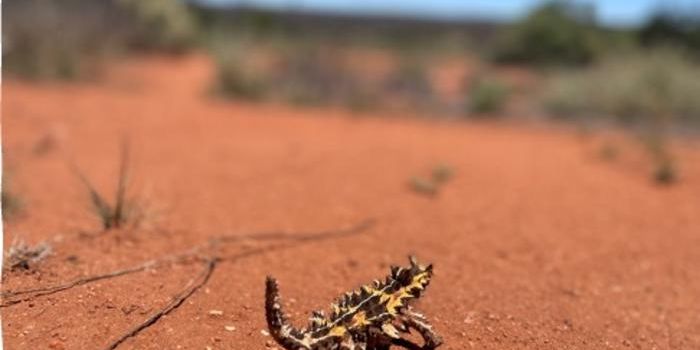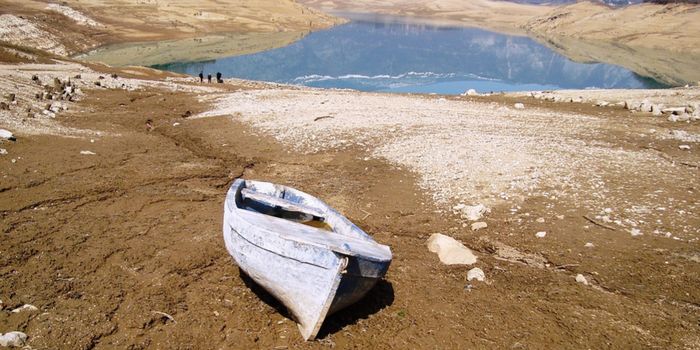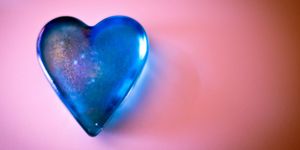Advancing Wearable Technology
Scientists have developed a sensor that works to record the complex sensations of human skin. The development is dubbed as the ‘artificial ionic skin’ or simply as the ‘AISkin’ and could potentially advance wearable technology. “Since it’s hydrogel, it’s inexpensive and biocompatible — you can put it on the skin without any toxic effects. It’s also very adhesive, and it doesn’t fall off, so there are so many avenues for this material,” Professor Xinyu Liu (MIE), whose lab is focused on the emerging areas of ionic skin and soft robotics.
Learn more about the future of wearable technology:
“The new AISkin could open doors to skin-like Fitbits that measure multiple body parameters, or an adhesive touchpad you can stick onto the surface of your hand,” adds Liu. “It could work for athletes looking to measure the rigour of their training, or it could be a wearable touchpad to play games.”
AISkin can measure things like muscle rehabilitation and is able to stretch 400 percent of its length without breakage. It is a tough, stretchable, and adhesive and composed of two oppositely charged sheets of stretchable substances known as hydrogels that create a “sensing junction” on the surface.
“If you look at human skin, how we sense heat or pressure, our neural cells transmit information through ions — it’s really not so different from our artificial skin,” says Liu.
AISkin can be used in soft robotics for handing delicate objects or manipulating things with sensitivity. It can even hold biocapabiltiy properties such as measuring sweat excretion.
“Our human skin can stretch about 50 per cent, but our AISkin can stretch up to 400 per cent of its length without breaking,” says Binbin Ying (MIE), a visiting PhD candidate from McGill University who’s leading the project in Liu’s lab.
Findings were published in the journal Materials Horizons.
“If you were to put this material on a glove of a patient rehabilitating their hand for example, the health care workers would be able to monitor their finger-bending movements,” says Liu.
Source: University of Toronto









